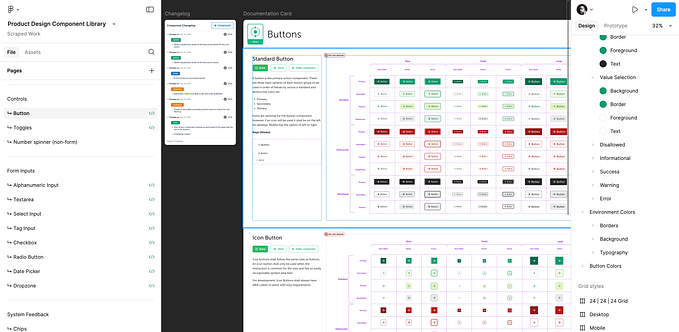
Member-only story
Design System governance
Models for consistent User Experience
A design system is not only a set of UI components but a comprehensive framework of rules, best practices, and guidelines. According to the Nielsen Norman Group’s report released in 2022, companies with well-defined design systems could reduce the variations to 40% while improving the design-development process by 40%. These systems are the fundamental product design elements as they maintain consistency and enable scaling. Simply put, they are the components of a consistent experience.
Also, design systems reduce the time and effort needed to complete tasks by offering pre-designed components and templates that can be utilized easily. For example, it has been observed that companies that have well-defined design systems have seen enhanced productivity as designers can concentrate on developing new features rather than reinventing the wheel for every new project.
Understanding Design System governance models
Governance models are basically frameworks that help in the design system’s development, maintenance as well as the evolution of it. Writing down the right governance model is a key to the success of an organization, irrespective of the size, the team structure, and the company culture. Here, we scrutinize the most widespread models — centralized, distributed, and hybrid — and equip you with the tools to determine which suits you best.
1. Centralized Governance Model
What it is:
In a centralized governance model, a dedicated core team oversees all aspects of the design system. This team typically includes designers, developers, and system architects responsible for creating, maintaining, and enforcing design standards.
Key Characteristics:
Single source of truth: The core team is the ultimate authority on all design decisions.
Strict quality control: Updates or changes must go through a formal review process.
High consistency: Ensures uniformity across all products and platforms.
Best Fit For:






